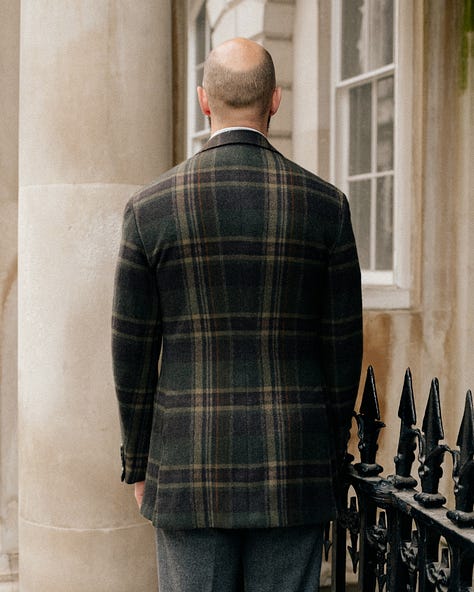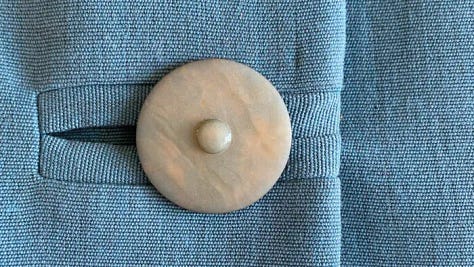Not sure if you’ve heard, but, the Met Gala was on Monday. With a ticket price of $75,000, it was the most successful yet, raising over $31 million to continue funding the preservation of fashion history and textile arts at the Costume Institute.
I’m sure you’ve heard it a million times by now, but, this year’s exhibit is titled “Superfine: Tailoring Black Style,” centered on the Black Dandy, and based in part on Monica L. Miller’s Slaves to Fashion: Black Dandyism and the Styling of Black Diasporic Identity. There’s plenty of education out there about it—some I’ve been a part of, like this piece in Time Magazine by Taylor Crumpton and this clip from PBS Newshour alongside the legendary Robyn Givhan—so, I won’t get into it, here. And anyway, who cares about all that? The Met Gala is, above all, fashion’s equivalent of the Superbowl, which means the outfits worn by the celebrities attending are, obviously, the most important part.
Yes, sarcasm.
The dress code for the actual event, Tailored for You, diverged just a bit from the theme of the exhibit, presumably to focus more on both the spirit of Dandyism—that is self-expression and personal style—and on beautifully constructed garments tailored to fit not just the body, but the story the wearer seeks to tell.
And, indeed, we saw a lot of amazing stories, from Gigi Hadid’s homage to the legendary Zelda Wynn Valdes—the first Black person to open a business on Broadway in New York City who was said to be able to fit a dress perfectly to a woman’s body just from looking at a picture of her—to the legendary Diana Ross wearing a look she designed herself in reference to another look she designed herself for Mahogany.
What we also saw, though, was a lot of misinterpretations of the dress code (and the theme, to be quite honest) by people who assume that tailoring (and Dandyism) is just one thing: suits. And not just suits, but suits that fit in a very particular way.
Tailoring is not just about whether something fits “nicely” or tight to the body. Tailoring is in the internal structure of a gown enabling it to stand up on its own without a body in it. Tailoring is in the choice to hem pants so that they cover your shoe or maybe just graze the top of them. Tailoring is in an invisible hem that lays perfectly, a perfectly matched pattern, a bound button hole.



Photo credits: Invisible/blind hem, pattern matched jacket, bound buttonhole.
I say all that to say: tailoring is, in itself, storytelling. Every detail—yes, including the fit and how it skims, hugs, or hangs—is a deliberate choice made to maximize the effectiveness of the garment, and it’s those details that are important to understand when seeking to evaluate looks and style beyond the surface level. So, let’s try to understand them, shall we?
There was quite the controversy regarding Anna Sawai and Zendaya’s somewhat-but-not-quite similar white suits on the blue carpet, this year. I’m not gonna open that can of worms. But, given just how many white and white-adjacent suits we saw Monday night, what better way to illustrate just how all the little details of a look add up than a…
Battle of the White(-ish) Suits
Yes, starting with Zendaya’s custom Louis Vuitton (right) against Jasmine Tookes’s look styled by the legendary Ruth Carter. Let’s call it a lesson in contrast.
Keep reading with a 7-day free trial
Subscribe to True Style to keep reading this post and get 7 days of free access to the full post archives.




